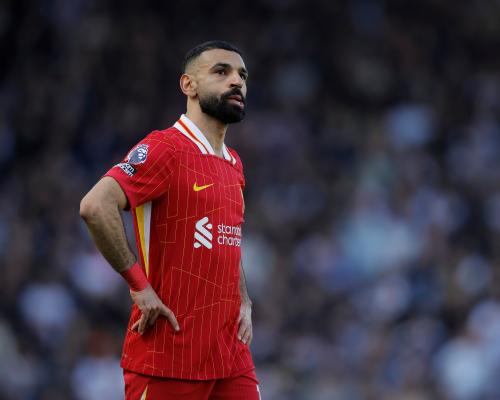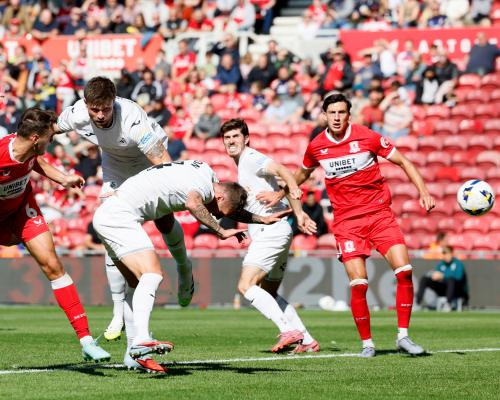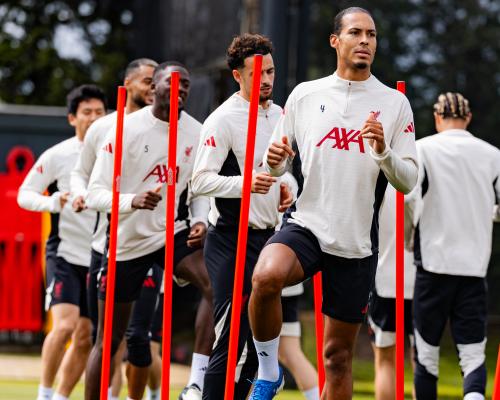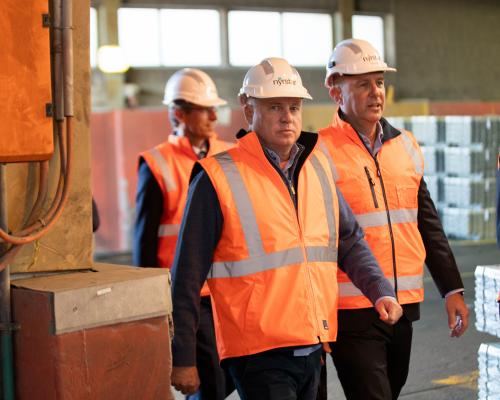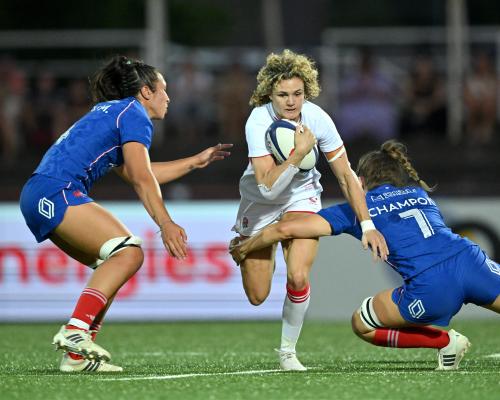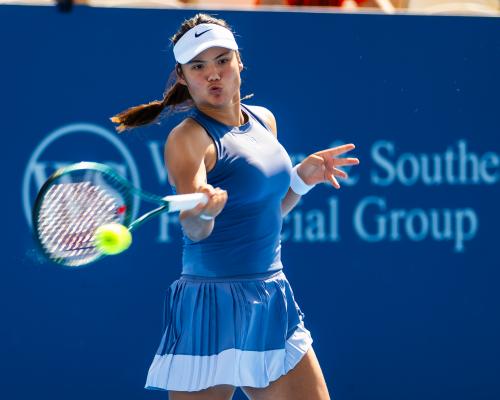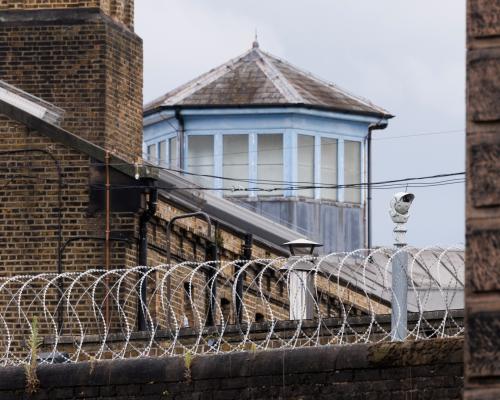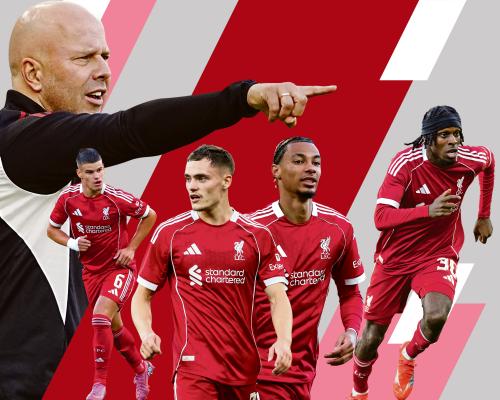
Florian Wirtz! Hugo Ekitiké! Milos Kerkez! Jérémie Frimpong! And soon, possibly, Alexander Isak! It’s vital, Bob Paisley always said, to build from a position of strength, and Liverpool this summer have certainly done that.
If Isak does join, Liverpool’s transfer spending this summer will be approaching £400m, which would be the second-highest figure paid by any club in a single transfer window (behind only Chelsea in summer 2023) – the lack of signings last summer coupled with some canny sales has given them significant profitability and sustainability rules headroom.
If there is a giddiness on Merseyside at the prospect, it’s understandable. Liverpool suddenly have a range of attacking options the like of which no Premier League club has had since perhaps the early days of Roman Abramovich at Chelsea. If pre-season games are anything to go by, it would seem there will be a shift from the 4-3-3/4-2-3-1 hybrid of last season to something more overtly 4-2-3-1, with Mohamed Salah, Wirtz and Cody Gakpo operating behind a centre-forward – at the moment Ekitiké but maybe later Isak.
There is a clear sense of Arne Slot taking full command, as Jürgen Klopp’s rejig of the forward line is swept away. Which itself must be thrilling to Liverpool fans: if he could win the league, have them play as they did last season, with somebody else’s players, what could he do with his own? And it is exciting, there is a sense of a new era for the Premier League, of the battle ceasing to be Manchester City against Liverpool or Arsenal and becoming Liverpool against perhaps three challengers, if Chelsea’s performance in the Club World Cup final was indicative of the heights they could reach.
But football is an endlessly complicated game; nothing is ever as straightforward as it appears it might be. With any change, there is doubt. In this era when so many coaches have a philosophy, a platonic ideal of the game towards which they are striving, it is one of football’s ironies that often the most successful sides are those that embody a tension.
Slot won with Klopp’s players. Arsène Wenger constructed some of his best football at Arsenal on the foundations left by George Graham. Pep Guardiola finally won the Champions League after the arrival of Erling Haaland, whose reluctance to involve himself in midfield represented a significant point of difference to previous Guardiola centre-forwards. A pure manifestation of a theory without friction seems often less effective, perhaps more predictable, than a system built through compromise.
That’s a vague, abstract concern, of greater relevance to future historians than the here and now; it would, after all, be absurd to criticise a manager for fashioning a team to their model of football. But there are more immediate worries. Firstly, by making possibly five major signings, have Liverpool changed too much at once?
Every transfer is a risk, but changing almost half a team at once magnifies that risk. This probably isn’t what Liverpool planned. Uncomfortable as it may be to discuss Diogo Jota’s death in terms of its ramifications for squad-building, that is something the club have had to face. Liverpool seem to have acted very sensitively in helping players deal with their grief, but they also suddenly needed to buy a centre-forward.
It may be that the new signings gel instantly but it’s entirely reasonable to expect that process of integration to take a few weeks. The more players come in, the longer that is likely to take and that could cost Liverpool a few points that, in a tight title race, could prove crucial. Liverpool perhaps benefited from the reverse last season, getting off to a fast start, winning 11 of their first 13 league games under Slot in part because their lack of summer signings meant nobody (apart from Federico Chiesa) was having to adjust to new surroundings and teammates.
Then there’s the question of balance. Jarell Quansah has been sold and while Joe Gomez remains at the club, his injury problems mean he cannot be relied upon. Ibrahima Konaté doesn’t have the best injury record and Virgil van Dijk is 34. That suggests a squad possibly short of a central defender, something highlighted by the fact Wataru Endo, Andy Robertson and Ryan Gravenberch have played in central defence at times in pre-season.
Perhaps the plan is at times to use a midfielder in the back four, using possession as a defensive tool in the way Barcelona did with Javier Mascherano, but that would seem a ploy only really applicable to games against cautious opponents.
That front four plus the two new full-backs feels very attacking. Perhaps that’s saying not much more than that Wirtz is a more attacking figure than Dominik Szoboszlai, but that will place additional defensive responsibility on the midfield pairing of Gravenberch and Alexis Mac Allister. Where Szoboszlai fits in is another question; as well as offering cover for Wirtz, he could perhaps player as one of the deeper midfielders against opponents who sit back and allow Liverpool possession.
But that’s not the only tweak. Salah’s role could change quite significantly. He has always been at his best with a centre-forward who vacates the space for him to sweep into from his position on the right. Ekitiké and Isak are both mobile players, but they are both centre-forwards. They are not facilitators with the instinct to drop deep or pull wide in the way Roberto Firmino or Jota, or even Luis Díaz, did. Nor, in truth, with Wirtz seemingly likely to operate as a No 10, is there even obvious space for Ekitiké or Isak to drop into. That means an adjustment for Salah.
It’s not an enormous issue. He’s played perfectly well with Darwin Núñez. There’ll be another tweak with Frimpong overlapping from full-back, going on his outside more frequently than Trent Alexander-Arnold did in later seasons. That should in theory help create room for Salah to dart inside, distracting the full-back, but it’s another element of uncertainty.
And that’s the concern for Liverpool. The thrill of the signings is rooted in the pristine possibility, untarnished by experience, of what they could achieve together, but an inevitable accompaniment to that projection is the possibility of failure. The uncertainty of five new signings allows Liverpool to dream, but it also exposes them to doubt.

